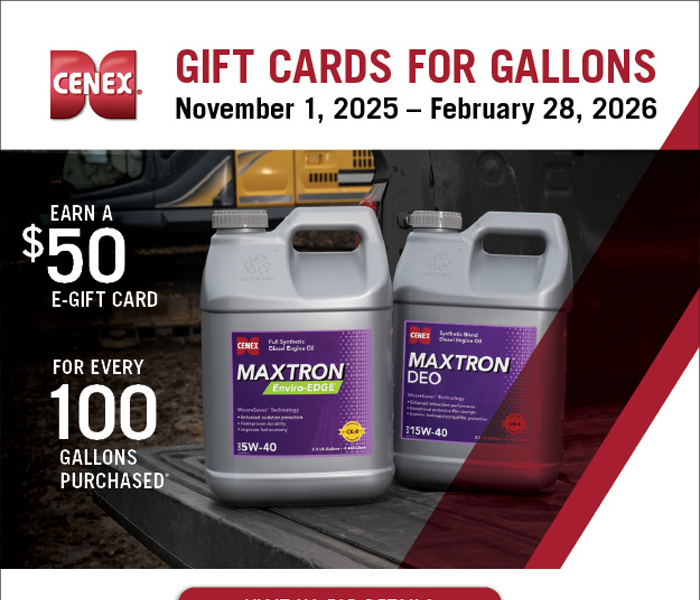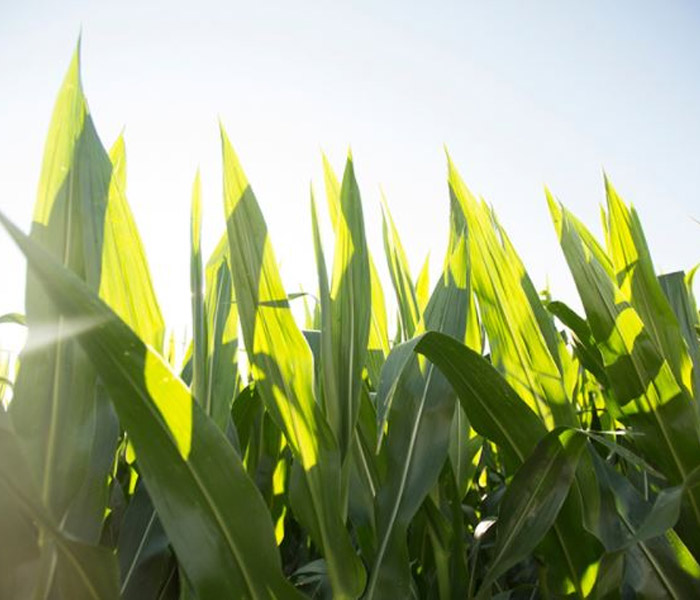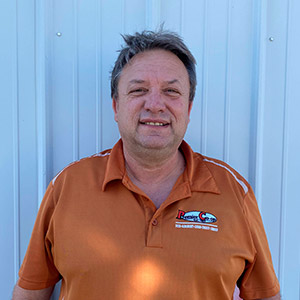Premier Co-op

December Energy News
I hope you were able to enjoy Thanksgiving with family and friends. And I hope you’ve recovered from your food coma. For the 10 of you (including my mom) who read my newslett...

With the 2021 season behind us our thoughts have turned to planning for 2022. Many of you started that thinking process during harvest and decided to buy/book and apply fall fertilizer. In general, fertilizer prices have remained strong throughout the fall with potentially more upside. Some supply concerns have made the news as well. We have worked hard with our suppliers to secure fertilizer tons for the remainder of the fall application season and to fill and re-fill our bins for spring application. Premier’s storage capacity is one of the largest in the area which helps lessen our dependence on shipments in the spring. Working with your local agronomist to plan your needs for spring will help us forecast product amounts and timing of those tons for application in the spring.
With the cards we have been dealt going into 2022, it is very important to KNOW YOUR COST OF PRODUCTION and find a commodity price that locks profit in. The simplest rules of economics are the ones that stand the test of time. The one I’m thinking of is “it’s hard to go broke making money.” Things to be considered to that statement are your combined input expenses such as: starter fertilizer, corrective fertilizer, seed, soil testing, fertilizer services (spreading, etc), scouting, weed control, insect control, fungus control, fuel, lubrication and energy costs, labor costs, repair/maintenance costs, land rents/ownership costs and interest and depreciation costs. When all these costs are calculated per acre, you have your cost of production. If that can be divided by an average yield and the price per bushel is less than what you can contract for, it makes sense to look at purchasing inputs at the current prices and lock in a bit of the output. Budgeting and knowing your costs will be extremely important in the farming game for 2022. The agronomy sales staff have several examples of budgets available for people to look at and would be happy to walk people through them with you.
